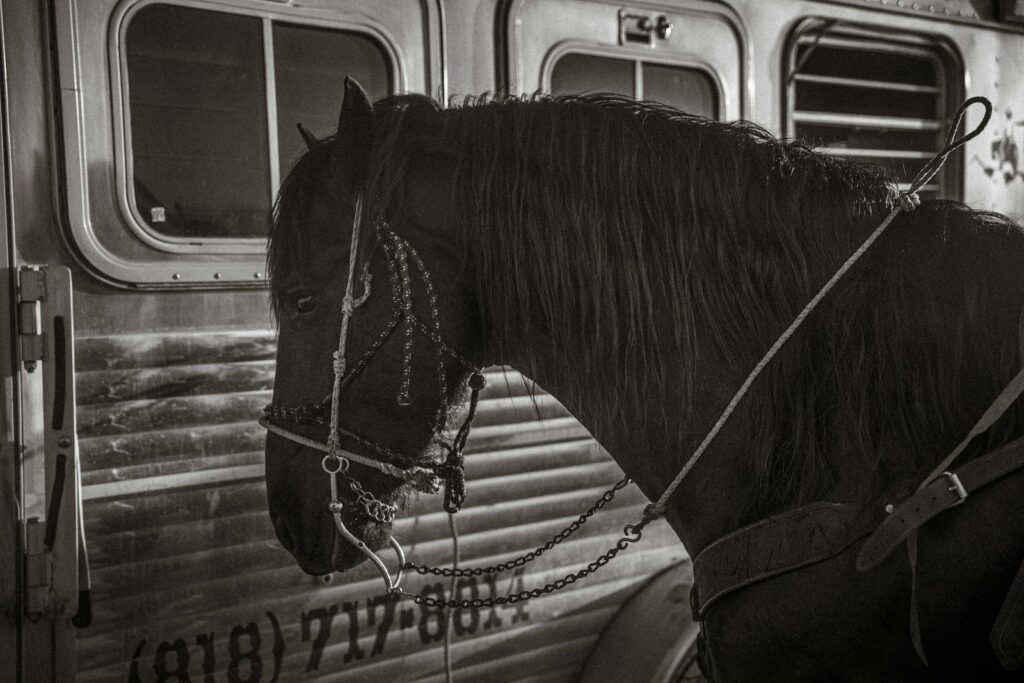Loading a horse into a trailer is often one of the most stressful experiences for both horses and their handlers. Many horses resist trailer loading due to fear, previous negative experiences, or simply because the confined, dark space goes against their natural instincts as flight animals. However, with patience, consistent training, and the right approach, you can teach your horse to load calmly and confidently. This comprehensive guide will walk you through proven techniques to transform trailer loading from a battle of wills into a smooth, stress-free process that builds trust between you and your equine partner.
Understanding Why Horses Resist Trailers
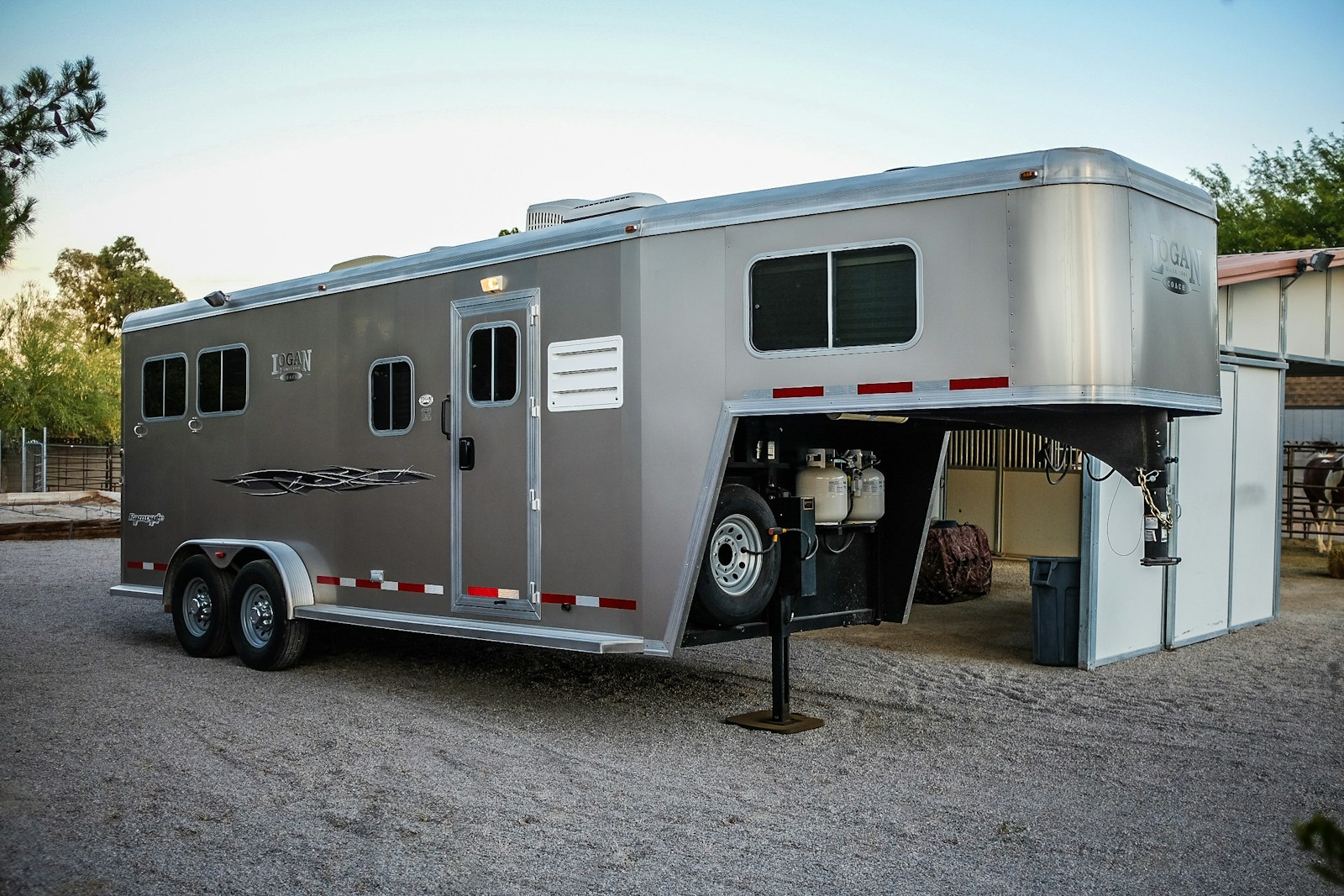
Horses are prey animals with a deeply ingrained flight response when faced with potentially threatening situations. From a horse’s perspective, a trailer represents a small, confined space with limited visibility and escape routes—essentially everything that contradicts their survival instincts. The hollow sound of hooves on the trailer floor, the darkness inside, and the unnatural feeling of movement while confined can all trigger anxiety. Some horses may have had previous negative experiences being rushed, forced, or injured during loading, creating a lasting trauma. Understanding these natural fears is the first step in developing an effective training approach that works with, rather than against, your horse’s instincts.
Preparing Your Horse Mentally
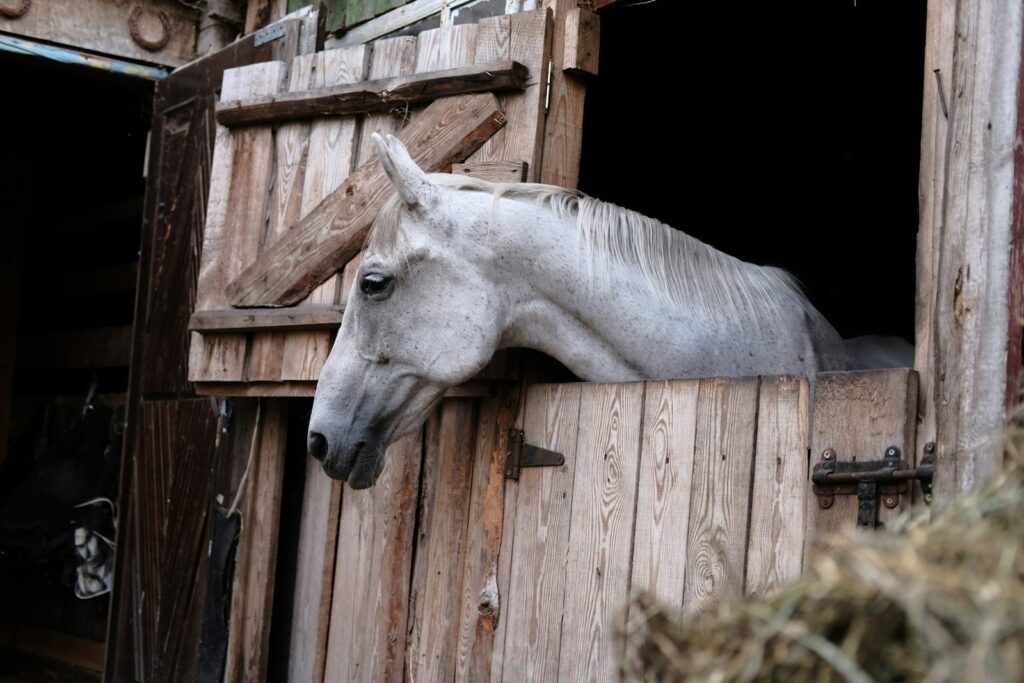
Before attempting to load your horse, invest time in groundwork exercises that establish respect, trust, and clear communication. Practice leading exercises where your horse willingly follows you through narrow spaces, over different surfaces, and past potentially scary objects. Teach your horse to move forward, backward, and sideways on command with light pressure. Desensitization to touch all over the body, especially the hindquarters where the handler might need to apply pressure during loading, is essential. These foundational skills create the building blocks for successful trailer loading and help your horse look to you for leadership when facing new challenges.
Choosing the Right Training Environment
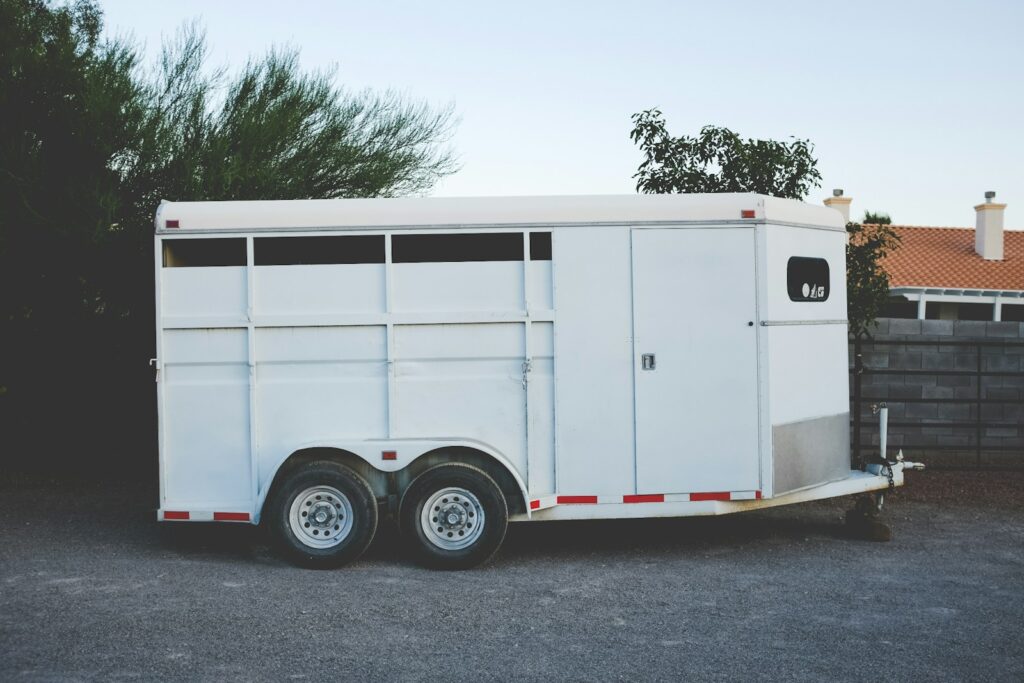
The environment where you conduct trailer loading training plays a significant role in your success. Select a quiet, level area with good footing and minimal distractions for your initial training sessions. Position the trailer in an open space rather than against a fence or wall, as this can increase a horse’s anxiety about feeling trapped. Ensure the trailer is stable, with all doors fully open and secured to prevent unexpected movement or slamming. Consider training during cooler parts of the day when both you and your horse will be more comfortable and patient. A calm environment allows your horse to focus on the task without additional stressors competing for their attention.
Familiarizing Your Horse With the Trailer
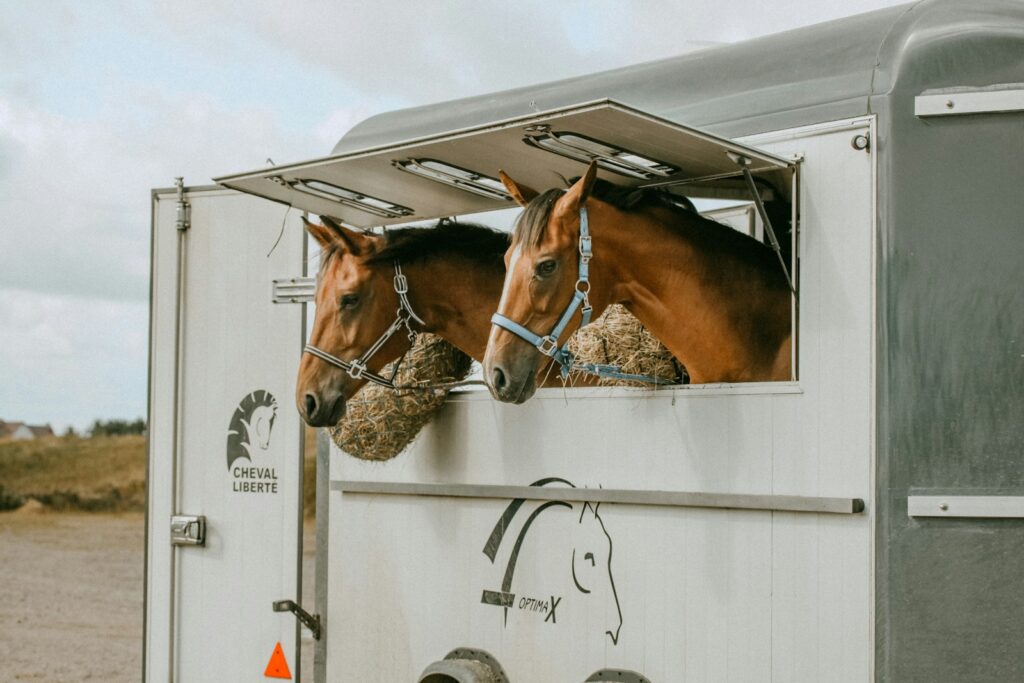
Before attempting to load your horse, spend time allowing them to investigate the trailer at their own pace. Lead your horse around the exterior of the trailer, allowing them to see it from all angles and sniff any parts they show interest in. Practice walking past the trailer at various distances, gradually working closer as your horse remains calm. For particularly nervous horses, consider feeding them near the trailer for several days to create positive associations. Some trainers find success in parking an open trailer in the horse’s paddock for a few days, allowing the horse to investigate it voluntarily without any pressure to enter.
Using Positive Reinforcement Techniques
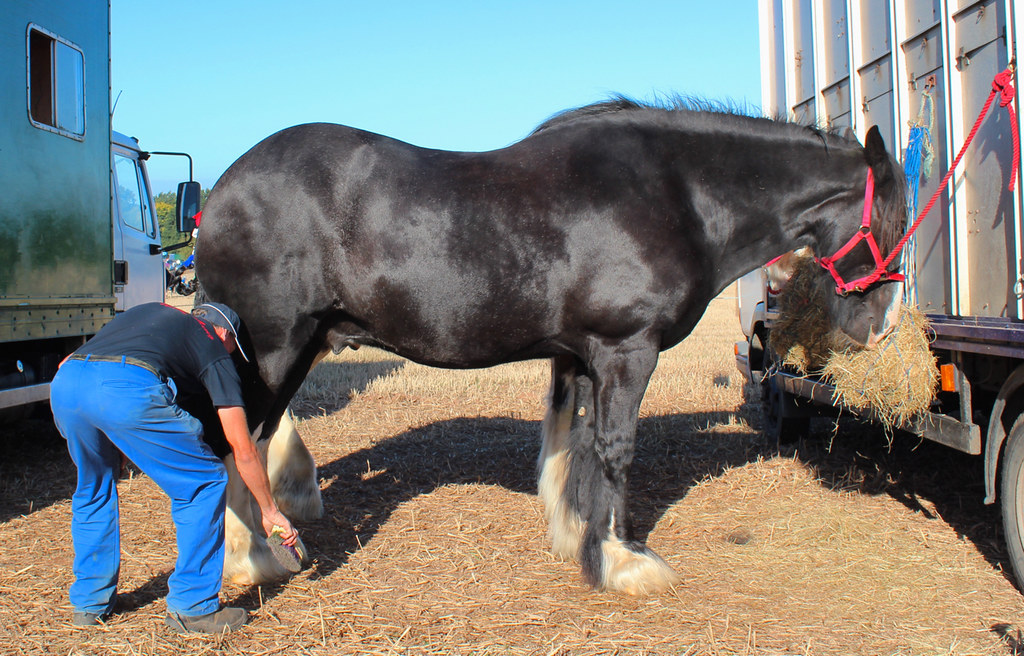
Positive reinforcement creates powerful motivation for horses to overcome their fears of trailer loading. Reward even small signs of progress, such as approaching the trailer, standing calmly beside the ramp, or placing one foot on the ramp. Effective rewards might include small food treats, verbal praise, scratches in a favorite spot, or brief rest periods. Timing is crucial—deliver the reward immediately after the desired behavior to create a clear connection in the horse’s mind. For some horses, clicker training provides precise timing for rewards and can accelerate the learning process. By consistently rewarding approximations toward your goal, you create a horse who actively seeks to participate in the loading process rather than avoiding it.
The Approach and Retreat Method

The approach and retreat method is one of the most effective techniques for trailer loading anxious horses. Begin by leading your horse toward the trailer until you notice the first signs of tension—perhaps a raised head, flared nostrils, or resistance in their forward movement. Stop before the horse becomes overly anxious, wait for a small sign of relaxation (such as lowering the head, licking and chewing, or taking a deep breath), then immediately back away from the trailer as a reward. Repeat this process, gradually asking the horse to approach closer to the trailer before retreating. This method teaches the horse that approaching the trailer does not result in being trapped, and that relaxation earns the comfort of moving away. Over time, most horses will progress to placing feet on the ramp and eventually entering completely.
Teaching One Step at a Time
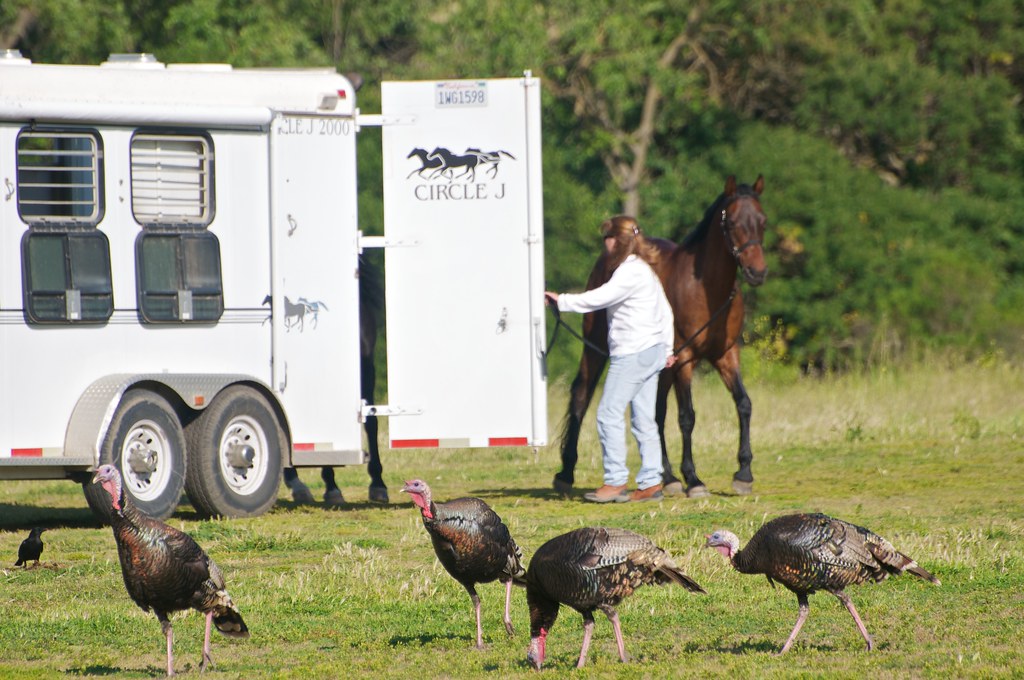
Breaking the loading process into small, achievable steps prevents overwhelming your horse and builds confidence systematically. First, train your horse to confidently place front feet on the ramp and stand calmly. Once this is reliable, ask for one step further until front feet are inside the trailer. Next, work on bringing hind feet onto the ramp while front feet remain in the trailer. Finally, encourage the horse to bring all four feet inside. Reward generously at each step and don’t rush the progression—some horses may need several sessions to master each phase. Remember that patience at this stage prevents developing resistance that could take much longer to overcome.
Using Pressure and Release Effectively
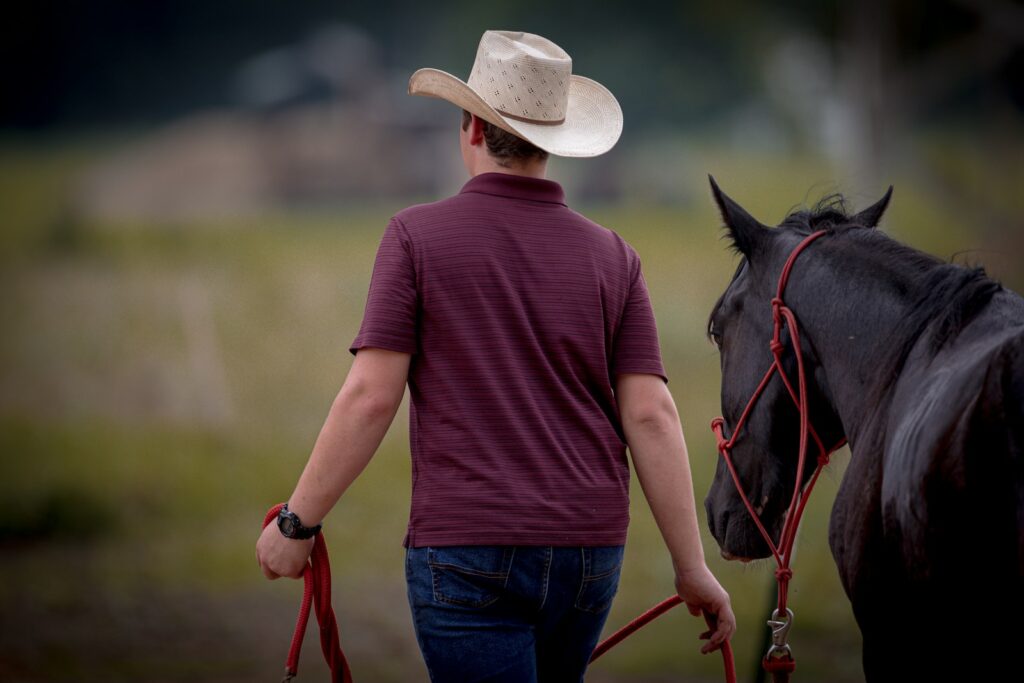
The principle of pressure and release works with the horse’s natural desire to seek comfort. Apply light pressure (through a lead rope, driving whip, or gentle touch) to ask the horse to move forward toward the trailer. The moment the horse makes even the slightest move in the right direction, immediately release all pressure. This release serves as the primary reward, teaching the horse exactly what response you’re seeking. The pressure should never be harsh or frightening—it’s simply a clear signal requesting movement. Consistent timing of the release is crucial; releasing too late or too early confuses the horse and slows learning. Many loading problems stem from handlers who maintain constant pressure without clear releases, causing the horse to feel trapped and resistant.
Addressing Common Loading Problems
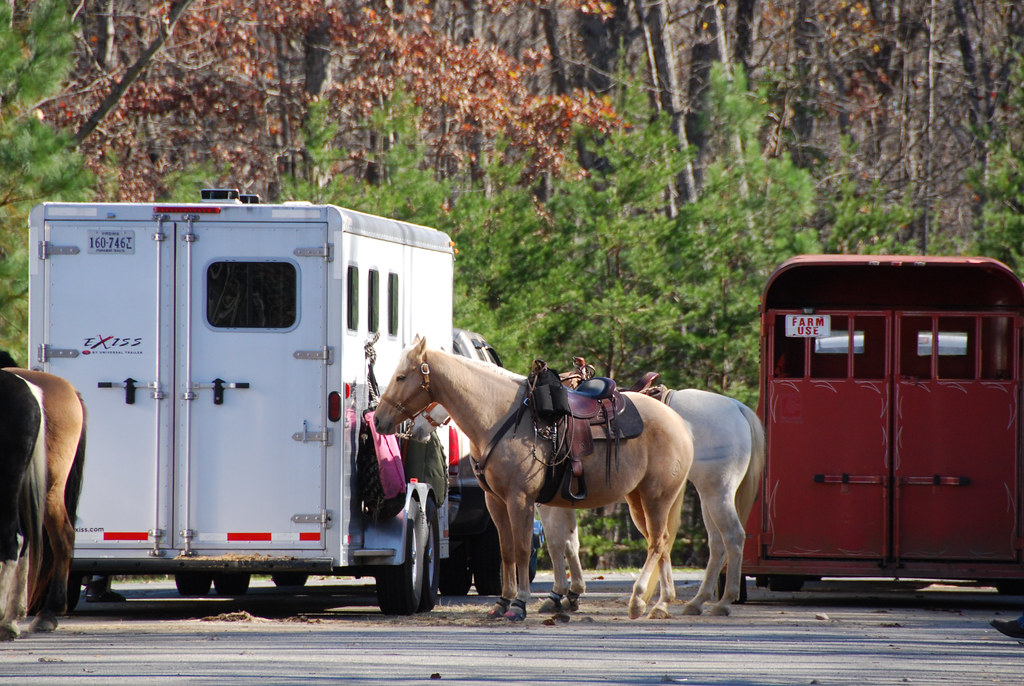
When horses plant their feet and refuse to move forward, avoid the common mistake of pulling directly on their head, which typically causes them to pull back more strongly. Instead, try asking for a small sideways step first, which often breaks the bracing pattern and allows forward movement to follow. For horses that rush backward away from the trailer, practice backing exercises in non-threatening contexts so you can control this movement rather than having the horse use it as an evasion. Horses that rush into the trailer and then immediately try to exit need systematic practice standing quietly inside for gradually increasing periods. If a horse repeatedly throws their head up to avoid loading, check your trailer height and consider using a rope across the withers to prevent this defensive maneuver while maintaining safe control.
Creating Positive Trailer Experiences
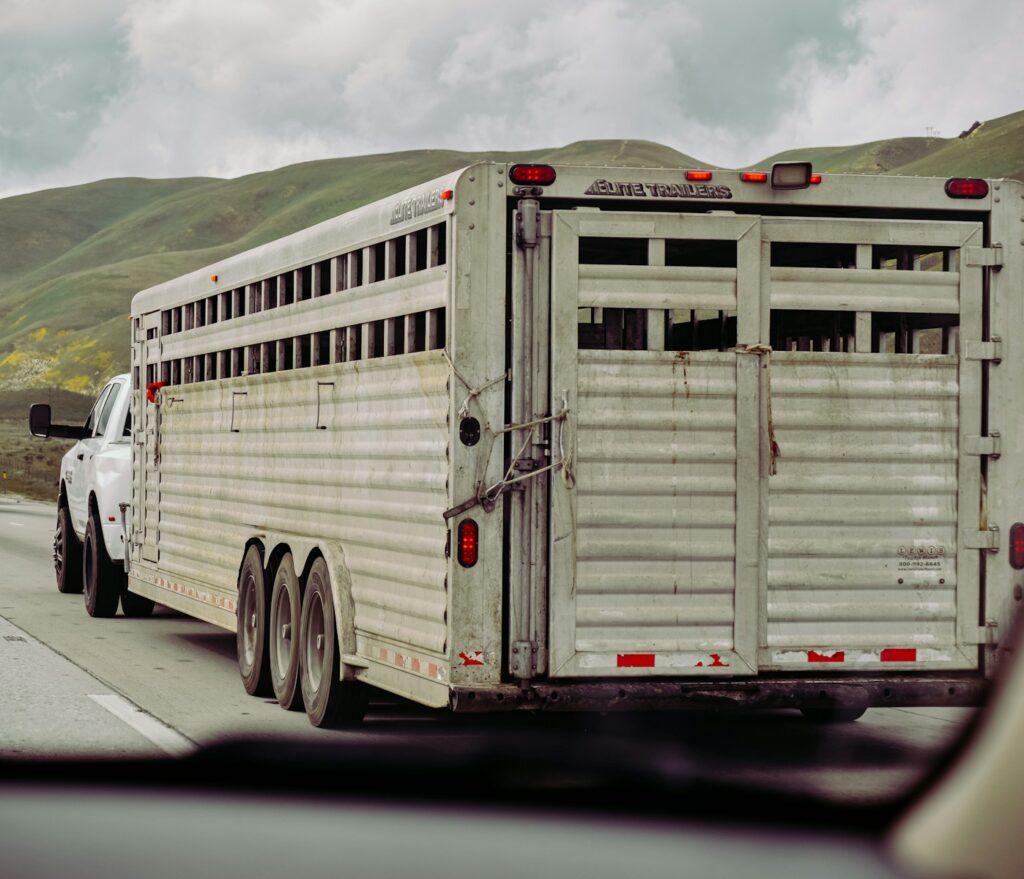
The horse’s experience once inside the trailer significantly impacts their willingness to load in the future. Make the trailer a pleasant place by offering favorite treats or hay once the horse is loaded. For initial training, load the horse, allow them to stand quietly for just a minute or two while being rewarded, then unload—without actually traveling anywhere. This teaches the horse that loading doesn’t always mean a potentially stressful journey. When you do begin traveling, start with very short trips of 5-10 minutes on smooth roads with gentle driving. Gradually increase journey length as the horse builds confidence. Creating these positive associations prevents anticipatory anxiety that can make future loading difficult.
Training with a Buddy Horse
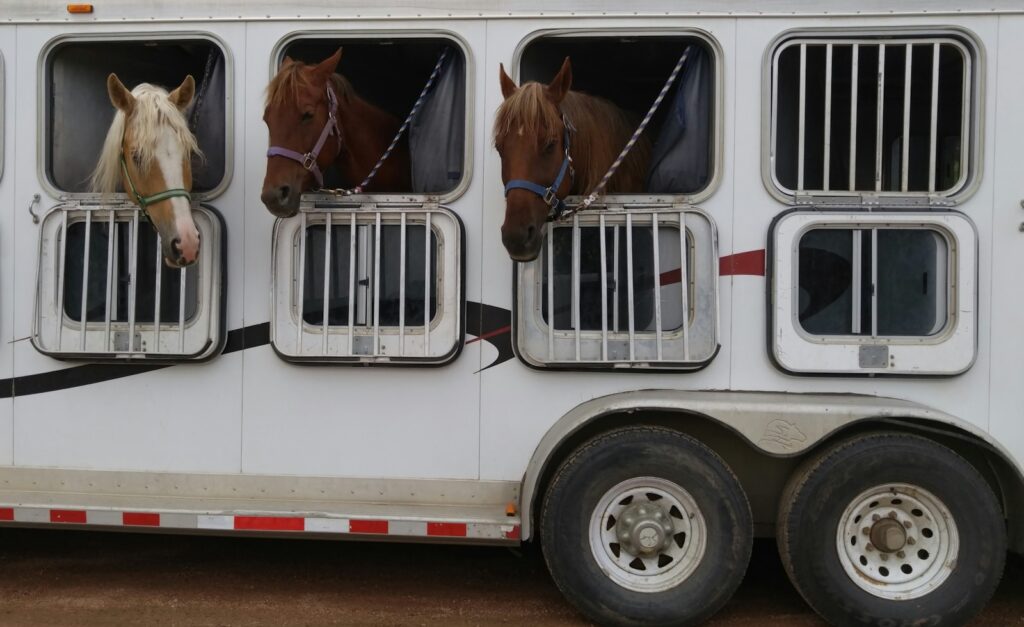
Horses are herd animals that often gain confidence from the presence of a calm companion. Using a seasoned “buddy horse” who loads easily can significantly accelerate training for an anxious horse. Load the experienced horse first, keeping them visible to the trainee. Many hesitant horses will follow their companion with much less resistance than they would show when faced with loading alone. Once both horses are loaded, allow them to stand quietly together, building the nervous horse’s comfort with being in the trailer. After several successful paired loadings, try loading the previously nervous horse first, with the buddy following. Gradually transition to loading independently as confidence grows.
Maintaining Loading Skills
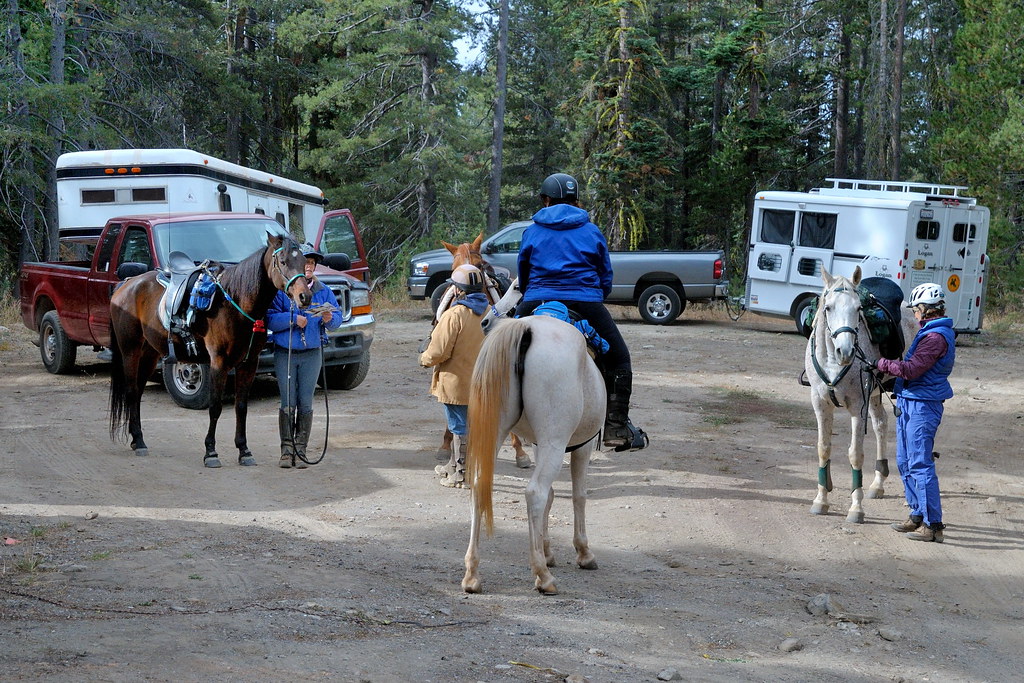
Trailer loading skills require regular practice to maintain reliability, especially with horses that have previously developed loading problems. Schedule brief “practice loads” at least monthly, even when no trips are planned. These maintenance sessions should be positive experiences—load the horse, offer rewards, and unload without the stress of an actual journey. Practice in different locations and with different trailers when possible to generalize the horse’s loading skills. If you notice any regression in your horse’s willingness to load, return to earlier training steps rather than forcing the issue, which could create new resistance. Consistent, positive practice ensures your horse remains a willing loader for life.
When to Seek Professional Help
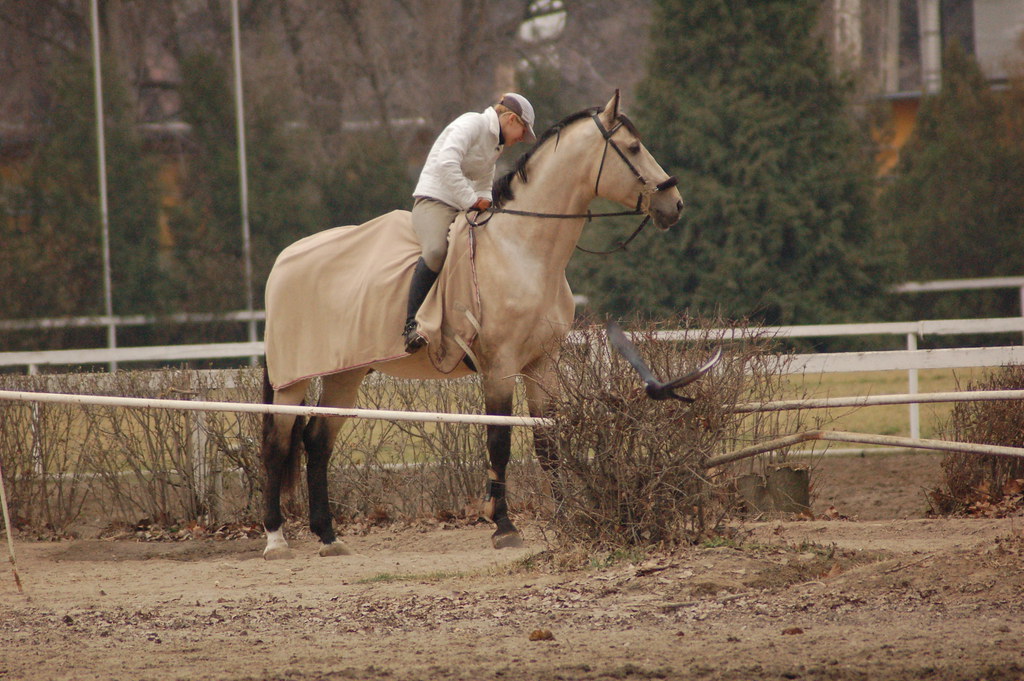
While most horses can learn to load willingly with patient training, some cases benefit from professional intervention. Consider seeking help if your horse shows extreme fear responses such as panic, rearing, or throwing themselves down when approached with a trailer. Professional trainers bring experience with many different horses and can often identify subtle issues in handling or approach that may be contributing to loading problems. Dangerous behaviors during loading attempts put both horse and handler at risk of injury and warrant expert assistance. The investment in professional help often saves significant time and frustration while preventing the development of more entrenched resistance patterns.
Safety Considerations Throughout the Process
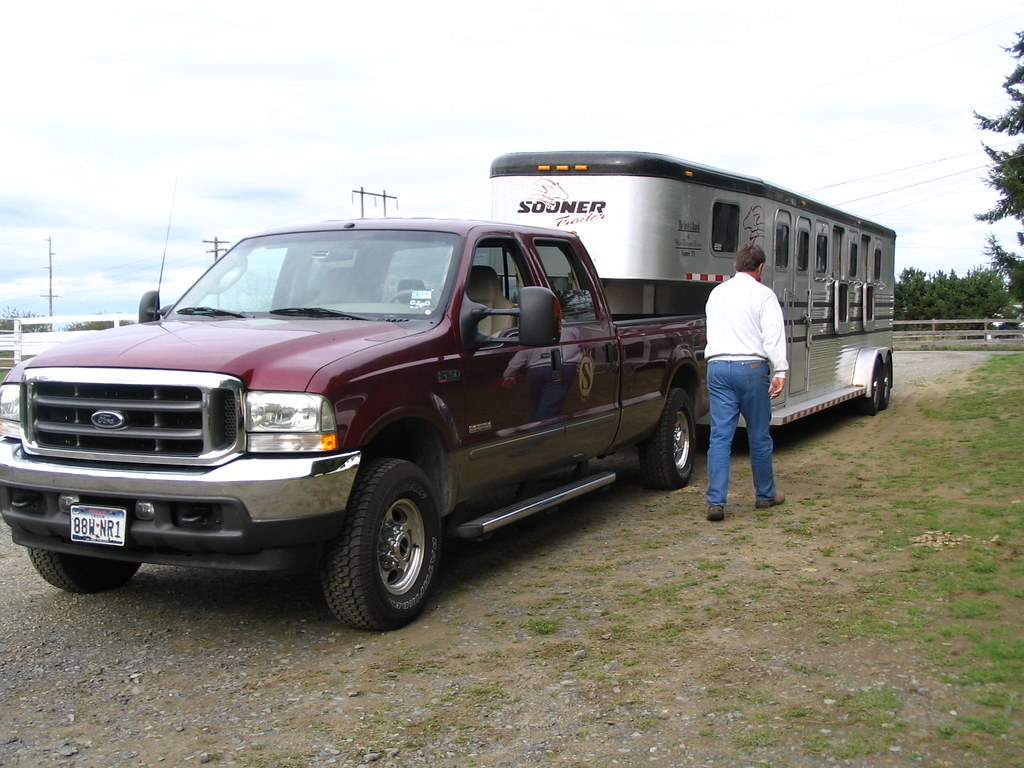
Safety must remain the top priority during trailer loading training. Always wear a helmet, gloves, and sturdy footwear when working around trailers. Use properly fitted equipment, including a well-adjusted halter and a lead rope long enough to allow distance if needed. Never tie a horse inside a trailer until they are completely comfortable with loading and standing quietly. Have an experienced helper present during training sessions who can assist if difficulties arise. Recognize signs of escalating anxiety in your horse and be willing to end a session before frustration leads to dangerous behavior. Remember that forced loading often results in trailer accidents and injuries that could have been prevented with proper training.
Teaching a horse to load calmly into a trailer represents one of the most valuable training investments you can make for both convenience and safety. By understanding your horse’s perspective, breaking the process into manageable steps, and prioritizing positive experiences, you transform what could be a battle into a partnership. The confidence your horse gains through this structured approach often extends to other challenging situations, strengthening your overall relationship. Most importantly, knowing your horse will load willingly provides peace of mind for both planned trips and unexpected emergencies when quick transportation becomes essential.

